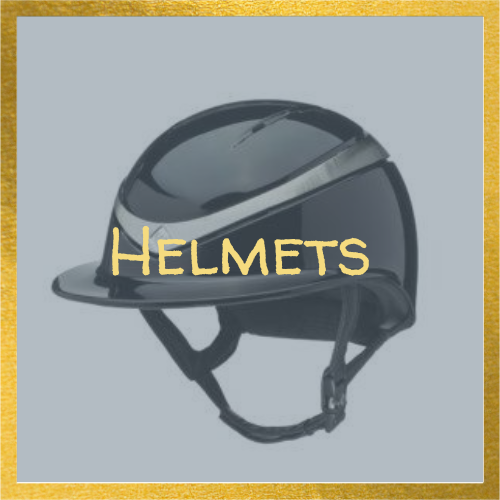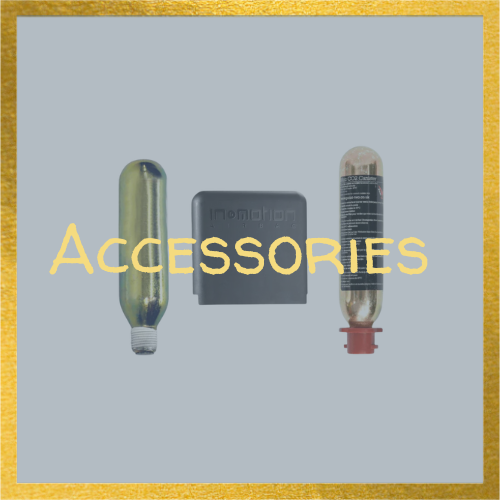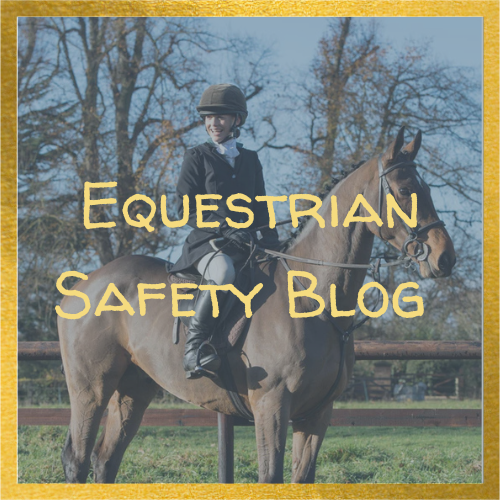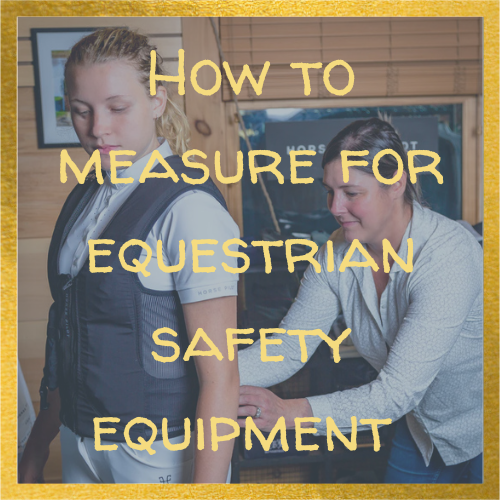
It's everyone's greatest fear: what if my equestrian air vest goes off when it's not supposed to? While it does happen, it's a fairly rare occurrence. Air vests don't just magically go off. There's a reason that they do. Let's examine some of them.
1) Incorrect saddle strap length - all saddle straps are adjustable. The very first thing you should do the first time you get on your horse with an air vest is adjust the length. How do you do this? First, stand up in your stirrups. Your lanyard should have a slight bit of tension, but should not feel close to triggering. Conversely, it also shouldn't be loose. Next, sit back down in your saddle and lean back. You're looking for that same level of tension on the lanyard. The idea is that you should be able to get jumped loose or left behind without your air vest triggering - within reason. This leads us to the next reason that an air vest might unintentionally deploy.
2) You got jumped really loose or left way behind - the purpose of an air vest is to protect you when you fall. It's not a smart system with algorithms and artificial intelligence. The only thing it "knows" is that if there is X amount of pressure on the trigger, then the vest should deploy. There are definitely some instances where a rider gets jumped so loose or gets left so far behind that the vest triggers. In many cases, riders don't recover from those errors without falling, but the vest can't interpret that you are recovering and staying in the saddle. The vest is performing as it should, and while it might be annoying, it's better to have it deploy in this circumstance.
3) Your position puts you beyond the outer limits of your lanyard - while the picture at the top of this post is exaggerated (this is a real picture with this rider's real position, her normal style, and this was her position over every jump - can you believe it?) some riders have a style that makes setting your lanyard correctly tricky. Again, this is an exaggerated example, but if the rider in the photo had an air vest on, it would trigger over the first jump, and every jump thereafter if it could re-deploy. The challenge here is that the lanyard is too short to account for the style of riding, but if you make it too long, then you risk it not deploying when you need it to. (Perhaps some equitation lessons are in order?)
This winter at WEF, we saw a vest deploy with a rider on course. The gossip was that it "spontaneously" deployed, but if you watched the video, especially in slow motion, or looked at pictures of the approach to the jump, the rider was anticipating a big effort from his horse. In that anticipation, before the horse had fully left the ground, the rider was already in a significant two point with his body well further up the neck than you would normally see. This wasn't a spontaneous deployment, it was just an unwanted one - big difference.
4) Something else - we have to get pretty creative to think of other reasons a vest might unintentionally deploy. As referenced in point 3, there's a big difference between spontaneous deployment, where there's no rhyme or reason as to why the vest deployed, vs. unwanted to deployment, when you think you're doing just fine and your pesky air vest goes off. Could your lanyard get caught in the horse's mane or some piece of equipment? We suppose so. But brainstorming all of the ways that an air vest could unintentionally go off rather than spending that same brain power thinking about how many injuries are prevented by said horse riding air vest doesn't sound like a worthwhile ROI.















